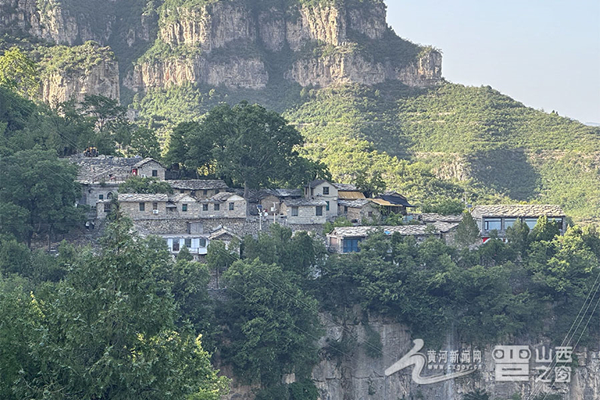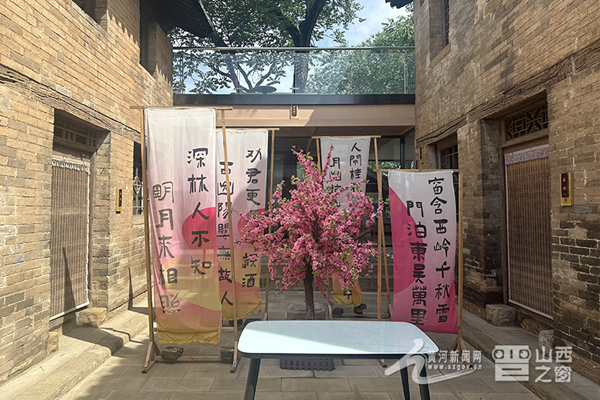Shanxi's traditional villages strive for balance between protection and development
With a total of 619 villages included in the list of protected traditional Chinese villages, North China's Shanxi province is carrying out a series of innovative measures to protect and restore its traditional villages to the utmost extent possible, while also encouraging villagers to participate in the efforts and revitalizing traditional buildings.

The Yuejiazhai village on the edge of the cliff. [Photo/Yellow River News]
Yuejiazhai village, with its unique slate architecture, is focusing on protecting cultural heritage, and improving infrastructure and public environment. Relying on its unique natural environment, cultural landscapes, and folk customs, it has not destroyed a single brick or tile for many years and is steadfast about protecting its original ecological landscape.

The Shangzhuang village. [Photo/Yellow River News]
Being famous for its ancient architectural complex from the Ming (1368-1644) and Qing (1644-1911) dynasties, Shangzhuang village, in the process of protection, attaches great importance to establishing close connections between the government and villagers. Through symposia and other forms, the government extensively solicits the opinions and suggestions of villagers when formulating protection plans.

The homestays of Lianghu village. [Photo/Yellow River News]
As time goes on, many old houses have lost their original functions and been abandoned. In order to revitalize these old houses, Lianghu village has transformed some of them into homestays, libraries, and art studios, attracting many outside visitors.
Moving forward, the ancient traditional villages in Shanxi will continue to adhere to the principle of "prioritizing protection and using rationally", improve protection mechanisms, and introduce advanced protection concepts and technologies, so as to promote the sustainable development of the traditional villages in Shanxi.



